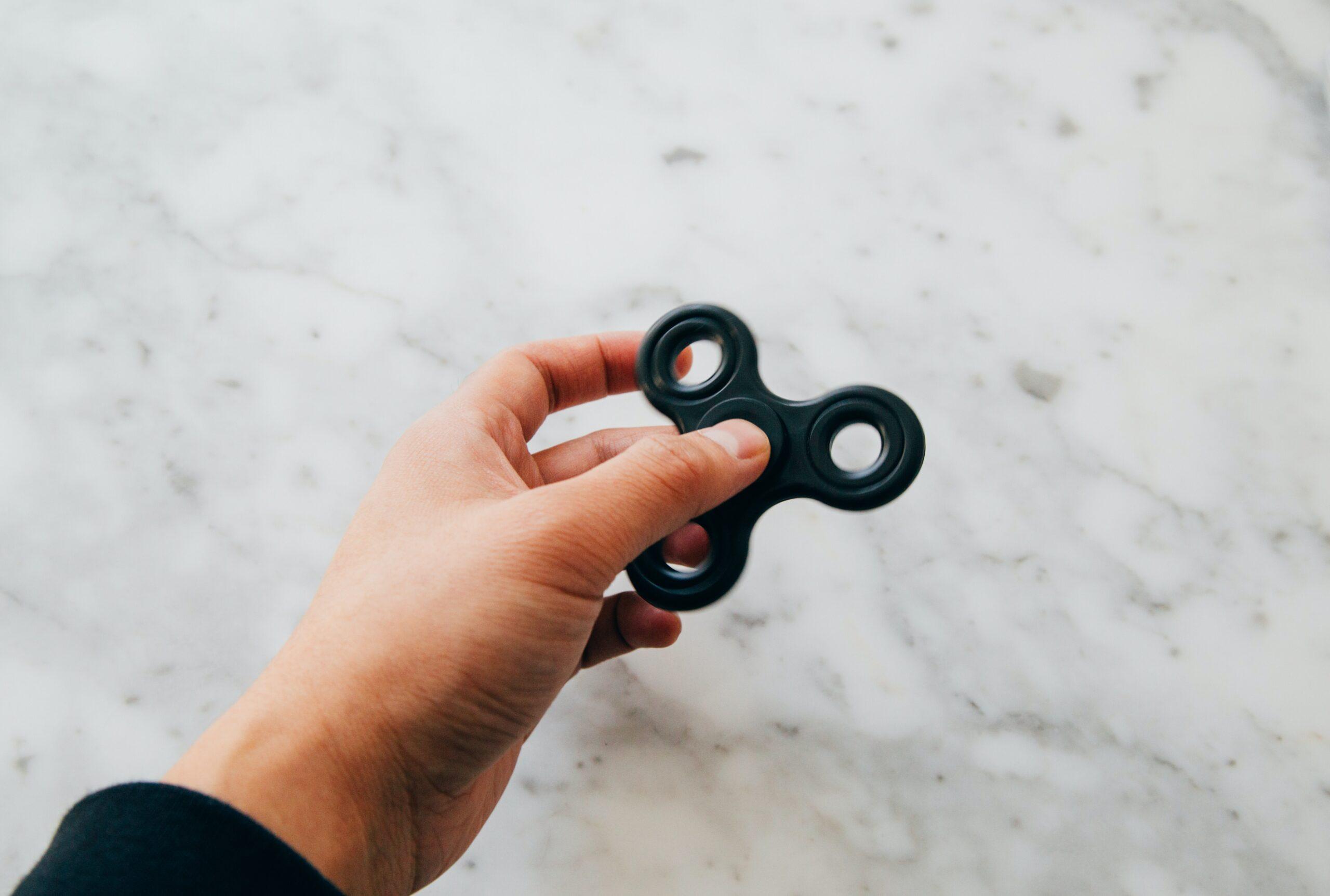Sensory processing disorder (SPD) is relatively unfamiliar term to new parents. While most parents have heard of autism, SPD is a more prevalent disorder that has shown to disrupt the lives of young children. Recent studies report that approximately 5-10 percent of children experience sensory symptoms significant enough to affect their everyday life functions. One study by the Sensory Processing Disorder Scientific Work Group reveals that this figure may be as high in one in every six children. This means that a child may experience a delay or difficulty with regular occupations like eating, bathing or dressing. This delay can be veiled by symptoms such as clumsiness, signs of depression, shyness and agitation, among others.
Sensory processing disorder was first described by developmental psychologist A. Jean Ayers in 1970 in her book Sensory Integration and the Child (Western Psychological Services). It is recognized by the National Center for Infants, Toddlers and Families (Zero to Three Project) and listed as a diagnosis in the widely used Diagnostic Manual for Infancy and Early Childhood. Despite this, numerous general practitioners are still unfamiliar with sensory processing disorder, and many managed care plans will not reimburse for the costs of therapy for the treatment of SPD.
For children with SPD, sensory information is sensed but perceived abnormally. For example, a child with SPD may sense pain when feeling the tag on a shirt brushing against his or her back or a hat hugging his or her head. In other cases, a background noise like a ticking clock may become loud and frightening. For some people with sensory processing disorder, sudden changes of temperature or light are overwhelming. Therefore, stepping outside into bright sunlight may cause a child with SPD to burst into tears.
Many researchers believe sensory processing disorder is caused by a problem with sensory modulation, the process by which an individual perceives and integrates neural messages about the senses in the brain. Behaviorally, this is manifested by overreacting or under reacting to certain sensations. Some children who are hyposensitive (having less than the normal ability to respond to stimuli) versus hypersensitive may seek out sensations by constantly moving or playing and thus may appear hyperactive. Sometimes these children are incorrectly labeled with having attention-deficit hyperactivity disorder (ADHD).
Parents of children with sensory processing disorder generally first get concerned when their child does not meet key developmental milestones such as speaking or reading. Most children with SPD are just as intelligent as their peers and can even be intellectually gifted; their brains are simply wired differently. Concerned parents should have their child evaluated by a developmental pediatrician, who can make a diagnosis and prescribe a course of treatment. There is no one specific cure for SPD. However, children with SPD can learn to understand their sensory issues and modify their behavior, enabling them to make progress at school and interact with other typically developing kids.
Developmental experts consider sensory processing disorder a separate disorder from autism, although children with sensory processing challenges may exhibit similar symptoms. In a report published in a recent issue of Psychology Today, Chantal Sicile-Kira, author of Autism Life Skills (Perigee Trade), noted that “In interviewing autistic adults and teenagers of different ability levels for my book, most of them said sensory processing challenges were the number one difficulty for them.”
When a child is diagnosed with SPD, he or she is often referred to a pediatric occupational therapist (OT). An OT evaluates the child and develops a specific set of therapeutic activities. In treating sensory dysfunctions, a “just right” challenge is often used. This involves giving the child just the right amount of challenge to motivate the child and stimulate changes in the way the child processes sensory information, but not so much as to cause sensory overload. For example, children with hypersensitivity may be exposed to peaceful activities including quiet music and gentle swinging in a softly lit room. Many pediatric hospitals and private based outpatient facilities have specially equipped clinics and highly trained therapists in sensory integration for treating children with sensory disorders.
In addition, an OT can work with parents and school staff to develop environmental accommodations for a child with SPD in order to provide a specific sensory-based program on a daily basis. This could include selecting soft and tag-free clothing, avoiding exposure to fluorescent lighting and providing ear plugs or headphones for emergency use like fire drills. The main goal is to consider the different sensory systems and how a child responds to them in an effort to create a balanced sensory diet.
For more information about sensory processing issues and current research, see www.sensoryparenting.com or www.spdfoundation.net.


